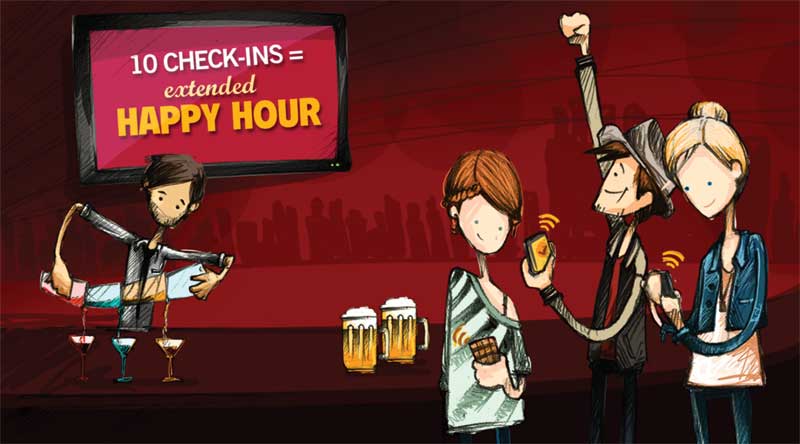
Nearly everyone carries a smartphone, so there are many opportunities for interactivity even without a touch screen or gesture recognition.
Guiding principles
Content stands out when it is unique and succeeds when it is genuine, legitimate and sincere. It is important not only to be concise in choosing what to display on a screen, but also to give the audience something it wants, needs or will be entertained by.
Relevant content is timely, local and ‘one- to-one,’ in that it fits the unique needs of its audience. The idea is to create a conversation viewers can participate in, by using engaging content that connects with them on an emotional level. In this respect, one can borrow best practices from static out-of-home (OOH) advertising, but with digital OOH (DOOH) advertising, interactivity can and should be ubiquitous. Nearly everyone carries a smartphone, for example, so there is an opportunity to make it simple to interact with a screen even if it is not touch-sensitive or gesture-enabled. In fact, it is much easier to promise to reward people for participating via smartphone than it is to make them perform acrobatics.
Further, with the dynamic nature of digital signage content, there is a strong opportunity to be inspiring. Digital signage has been shown to drive changes in consumer behaviour in ways other media cannot.
For these reasons, DOOH is poised to revolutionize OOH, but that cannot happen without a true return on investment (ROI). Goals need to be defined with real metrics. In retail, for example, sales conversions are what matter, not mere impressions, which is why it is so important to issue a simple call to action and to provide simple ways for the audience to respond.

The client’s goals also need to be defined with real metrics, so the success of a project is measurable.
Maintaining consistency
If ‘content is king,’ then ‘consistency is queen.’ When determining the importance of content updates during the goal-planning phase, there should also be a proposal regarding how that content is to be maintained. Indeed, for digital signage providers, content maintenance is often the most profitable part of a project.
As mentioned, some screens are little more than digital posters, displaying a slide show of images which either the sign shop or the client may provide. Even looping videos can be do-it- yourself (DIY) for clients today.
The next level of complexity is the use of editable templates for such content as menus, lists, directories and ad rotators. More specialized resources will be needed to add multi-screen co-ordinated content, wayfinding maps, custom-produced videos, room scheduling, news/weather feeds and other real-time information, social media and/or mobile integration via Quick Response (QR) Codes or possibly near-field communication (NFC).
Finally, at the most complex and expensive level are advanced forms of functionality like augmented reality (AR), motion-based interactivity and mobile integration whereby the viewer’s smartphone actually controls on-screen content. As such functions are best left to the professionals, they can be the most profitable.
Jim Nista is CEO and creative director of Insteo, which creates content for digital menu boards and other screens. This article is based on a seminar he presented at the International Sign Association’s (ISA’s) 2016 International Sign Expo. For more information, visit www.insteo.com and www.signs.org.





